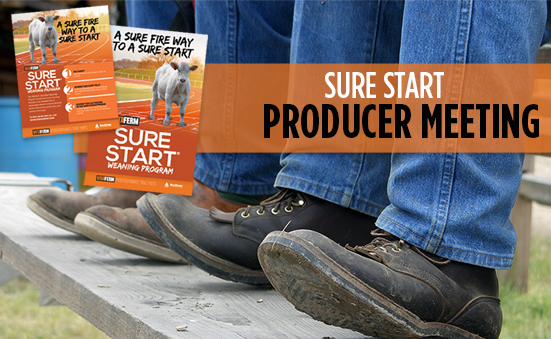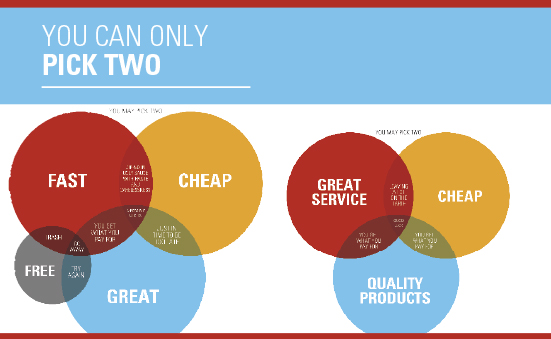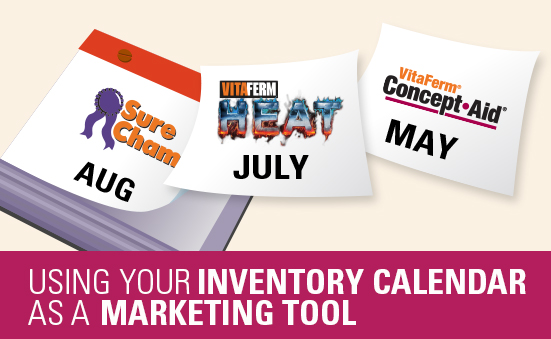ADD VALUE TO YOUR MARKETING IN A DOWN CATTLE MARKET
During the past few years, beef producers have been experiencing record high prices. However, according to “Money” magazine, “Beef prices, which have been increasing for years, recently hitting rates high enough to inspire outbreaks of steak thefts at supermarkets and even the return of cattle rustling, are finally coming down to earth.”
Down to earth? The magazine goes on to say the decline in price is not because demand for meat has decreased, but because cattle are fatter? The author has obviously never gone through calving, dealt with VFD or tried to find feed when a drought or flood is at hand. He calls prices “down to earth”; the beef industry calls them challenging. In any case, producers will have to take steps to improve margins, and we will have to market our products to them in a way where they will see the added value of using BioZyme® products.
Value is a funny thing. There is no doubt that in the absence of value-added marketing, virtually any product’s price can be driven down to the most bottom line – price. The problem? When you are only selling price you’ll never be able to sell value. Adding value requires creativity, innovation and a willingness to out-work your competition. But the real sad truth is that if you continue to sell the way you always have, price will continue to rule. So, make a change before your competitor does! As the famous confederate general, Nathan Bedford Forrest, once said following a battle, “I won because I got there firstest with the mostest!” You need to do the same thing. The question then is, what do I do? Step one is to keep marketing top-of-mind. Most of us cut marketing in tough times – DO NOT DO THIS! In addition, make sure you incorporate these eight strategies into your marketing plan:
1. Set expectations high – just accepting that times are challenging, therefore, sales will be down, just isn’t OK.
2. Never stop studying – the products, the market, the attitudes, etc.
– in every down turn a new millionaire is born.
3. Find your light bulb – if you are turned on, the customer will
be too.
4. Make sure you can differentiate yourself – be faster, cheaper or
have a sharper focus on customer service.
5. Build your spokes – hire passionate, experienced team members
and work with the best partners, like BioZyme, to ensure a great
product and customer experience.
6. Be bold – just do it!
7. Plan ahead – five minutes of planning saves 30 minutes of doing.
8. Really understand the products you sell.
– What are the features?
– What benefits do they offer?
– Who will buy them?
– How can you easily match their traits with the customers’ needs?
A value-added attitude must result in an active mind with “Just DO IT” actions! After watching the Olympics this summer, being motivated should be easy. Let’s go get ’em!










